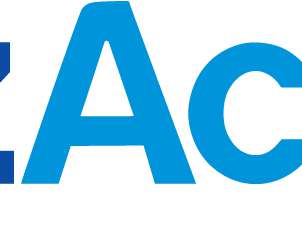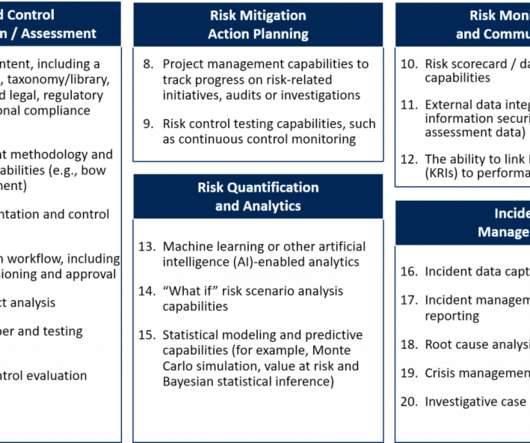Minding Your Models
DataRobot Blog
JULY 22, 2022
At many organizations, the current framework focuses on the validation and testing of new models, but risk managers and regulators are coming to realize that what happens after model deployment is at least as important. Legacy Models. No predictive model — no matter how well-conceived and built — will work forever.
























Let's personalize your content